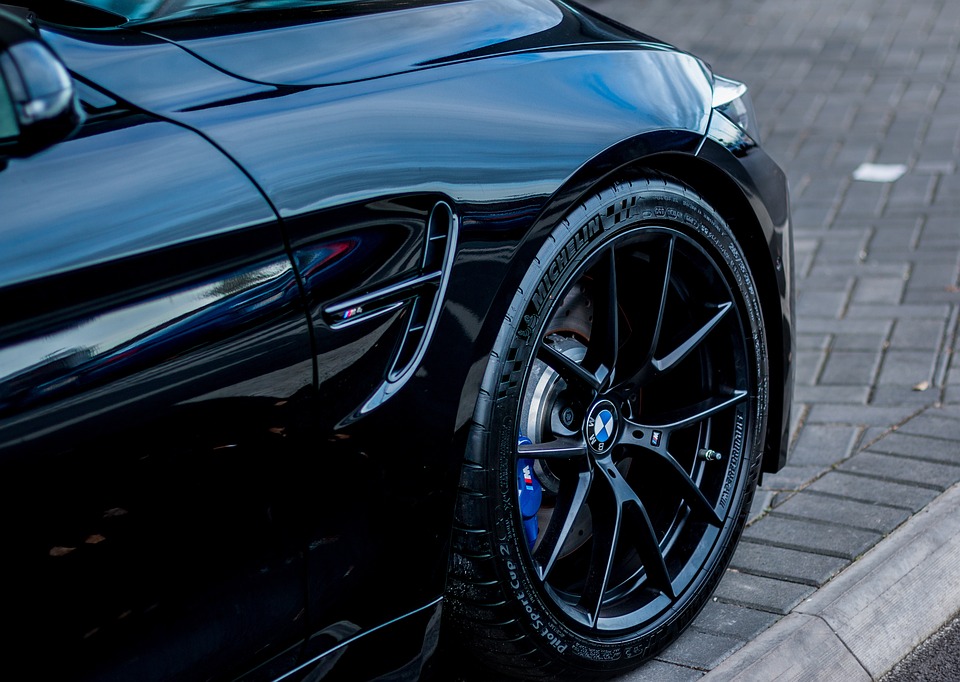The Essential Guide to Choosing the Right Helmet for Women

When it comes to road safety, a helmet is not just an accessory but a necessity. Whether riding a motorcycle, bicycle, or scooter, a helmet for women ensures protection against injuries while offering style and comfort. With numerous designs, materials, and features available, selecting the right helmet can be overwhelming. This guide will help you understand why helmets are crucial, the different types available, and how to choose the best one for your needs.
Why Every Woman Rider Needs a Helmet
A helmet is designed to protect the head from severe impacts and reduce injury risks. Studies have shown that helmets can prevent fatal head injuries by up to 70%. Here’s why wearing a helmet is essential:
- Prevents Head Trauma – Helmets absorb impact energy, preventing serious brain injuries in accidents.
- Legal Compliance – Many regions mandate helmet use to ensure safety for riders.
- Weather and Environmental Protection – Helmets shield riders from dust, rain, wind, and harmful UV rays.
- Enhances Visibility – Reflective elements on helmets improve visibility, reducing the chances of collisions.
- Improves Comfort – A well-designed helmet reduces wind noise and enhances focus on the road.
Types of Helmets for Women
Depending on riding style and preferences, helmets come in various designs. Here are the most popular ones:
1. Full-Face Helmet
This helmet provides the highest level of protection, covering the entire head, face, and chin. It’s ideal for high-speed riders and long-distance travel.
2. Open-Face Helmet
Also known as a three-quarter helmet, it covers the head and sides but leaves the face exposed. This option provides better airflow but slightly less protection.
3. Modular Helmet
This helmet combines the features of full-face and open-face helmets. It has a flip-up chin bar that allows riders to switch between enclosed and open styles.
4. Half Helmet
Offering minimal protection, half helmets cover only the top of the head. They are lightweight and stylish but are not recommended for high-speed rides.
5. Off-Road Helmet
Designed for adventure and dirt bike riders, off-road helmets have a durable outer shell, enhanced ventilation, and a visor to protect against debris.
6. Smart Helmet
Equipped with advanced technology like Bluetooth, cameras, and GPS, smart helmets enhance safety and convenience for modern riders.
How to Select the Best Helmet for Women
Choosing the right helmet for women involves considering several factors:
1. Safety Standards
Ensure that the helmet meets safety certifications such as:
- DOT (Department of Transportation – USA)
- ECE (Economic Commission for Europe – Europe)
- ISI (Indian Standards Institute – India)
- Snell Certification (for high-performance helmets)
2. Size and Fit
A properly fitted helmet is crucial for maximum protection. Follow these steps to find the right size:
- Measure your head circumference just above the eyebrows.
- Use the manufacturer’s size chart for reference.
- Ensure a snug fit without causing pressure points.
3. Ventilation
Look for helmets with effective airflow systems and moisture-wicking liners to keep you cool and comfortable during long rides.
4. Visor and Shield Options
A high-quality visor protects against glare, dust, and UV rays. Choose anti-fog and anti-scratch coatings for improved visibility.
5. Lightweight Design
A lightweight helmet reduces neck strain, making long rides more comfortable.
6. Additional Features
Modern helmets come with extra functionalities, such as:
- Quick-release buckles for easy wear and removal.
- Sun visors to reduce glare.
- Bluetooth integration for hands-free communication and navigation.
Helmet Maintenance and Care
To ensure durability and effectiveness, follow these maintenance tips:
- Regular Cleaning – Use mild soap and water to clean the helmet and visor.
- Check for Damage – Inspect for cracks, loose padding, or worn-out straps.
- Proper Storage – Keep the helmet in a cool, dry place away from direct sunlight.
- Timely Replacement – Replace your helmet every five years or after a significant impact.
Conclusion
A helmet is more than just protective gear—it is a vital component of road safety. Whether opting for a full-face, modular, or smart helmet, selecting the right helmet for women enhances safety, comfort, and confidence while riding. Investing in a high-quality helmet, following safety guidelines, and maintaining it properly ensures a secure and enjoyable riding experience.






